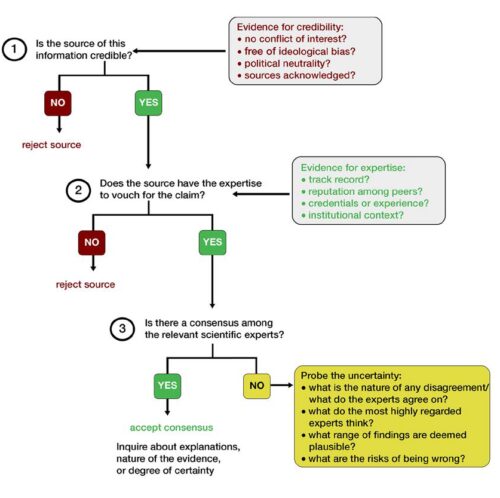Some thoughts about the current state of nutrition I: Medical Education
Some comments on three recent developments in the field of nurition.
I. Nutrition in medical education
I’ve been teaching , researching, and writing about nutrition since 1976 when I was on the faculty at Brandeis and assigned my first class. I then went to the USCF School of Medicine where I taught nutrition to health professions student for the next ten years.
While there, I wrote my first book, Nutrition in Clinical Practice, in which I briefly summarized what all of us at the time thought medical students needed to know. The book was published in 1985, and is long out of print. In 2020, a used copy was available on Amazon for $930 (even more surprising, it is no longer on that site).
Consequently, I was amazed to see: Eisenberg DMCole AMaile EJ, et al. Proposed Nutrition Competencies for Medical Students and Physician Trainees: A Consensus Statement. JAMA Netw Open. 2024;7(9):e2435425. doi:10.1001/jamanetworkopen.2024.35425
As one of the authors , Emily Broad Leib, wrote in a Tweet (X), “This article shares the consensus of 37 medical education leaders on what all physicians-in-training should know about nutrition. With this start, I hope we can achieve a future where all drs. are armed with this knowledge!”
Well, wouldn’t that be nice. When I arrived at UCSF in 1976, it was already nearly 20 years since the first conference on nutrition in medical education called for more nutrition instruction. It has now been 70 years since then, with little change.
The structural barriers are insurmountable, apparently.
- The focus on treatment, not prevention
- Lack of qualified instructors
- Time in the curriculum
- Time in office visits (anyone seen a doctor lately for more than 15 minutes)
- The complexity of the field
Still, let’s hear applause for this consensus effort, starting with recommendation #1:
Provides evidence-based, culturally sensitive nutrition and food recommendations to patients for the prevention and treatment of disease.
Tomorrow: The need for leadership on precisely that point.




